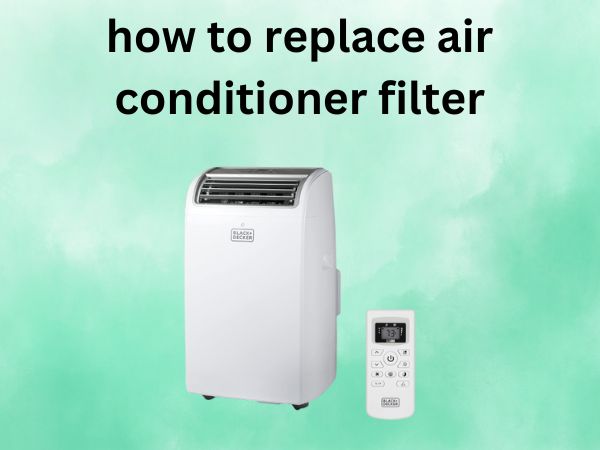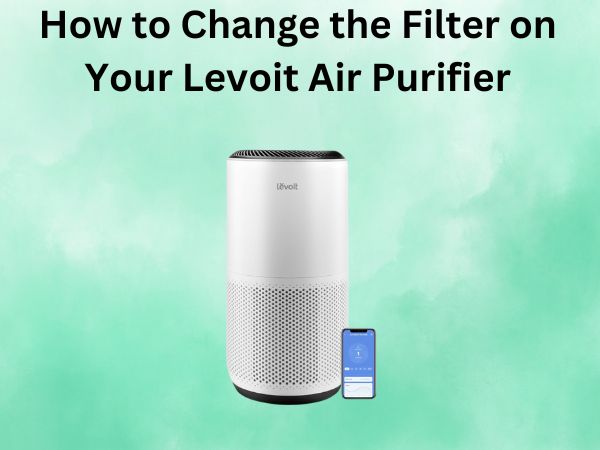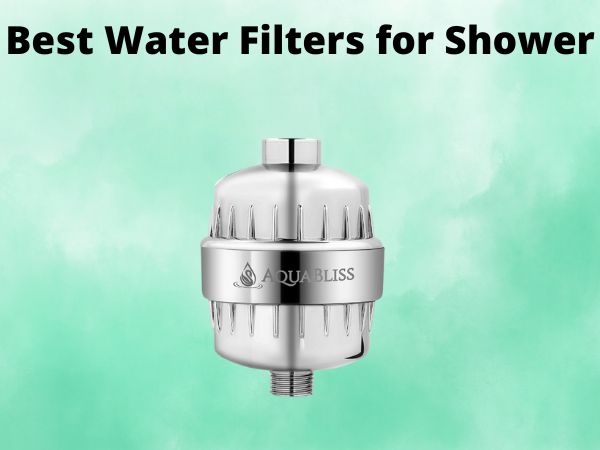How to Replace Air Conditioner Filter [Your Complete Step-by-Step Guide]
Think of your air conditioner filter as the lungs of your home’s cooling system. Just like you wouldn’t want to breathe through a dirty cloth, your AC shouldn’t have to work through a clogged, dusty filter. Yet millions of homeowners ignore this simple maintenance task, wondering why their energy bills skyrocket and their air quality plummets.
Replacing your AC filter isn’t rocket science, but doing it right can save you hundreds of dollars in energy costs and prevent costly repairs down the road. Whether you’re a complete beginner or just need a refresher, this guide will walk you through everything you need to know about keeping your air conditioner breathing easy.
Table of Contents
Why Your AC Filter Matters More Than You Think
Your air conditioner filter does way more than just catch a few dust bunnies. It’s the first line of defense against airborne particles, allergens, and contaminants that would otherwise circulate throughout your home. But here’s the kicker – when that filter gets clogged, it’s like trying to breathe through a straw.
The Hidden Costs of a Dirty Filter
A dirty filter forces your AC system to work overtime, kind of like running uphill with a backpack full of rocks. Your energy bills can increase by 15-20% when your filter is clogged because your system has to push harder to move air through that barrier. That’s like throwing money out the window every month.
But the financial pain doesn’t stop there. When your AC works harder, components wear out faster. Your blower motor, compressor, and other expensive parts face increased stress, potentially leading to premature failure. We’re talking about repair bills that can easily hit four figures – all because of a $15 filter that wasn’t changed on time.
Health Benefits You Can’t Ignore
Clean filters mean cleaner air, and cleaner air means better health for you and your family. A good filter captures dust mites, pollen, pet dander, and even some bacteria and viruses. If anyone in your household suffers from allergies or asthma, a clean filter can be the difference between comfortable living and constant sniffling.
Poor indoor air quality has been linked to headaches, fatigue, and respiratory issues. When you consider that most people spend 90% of their time indoors, that little filter becomes pretty important for your overall well-being.
Signs It’s Time to Replace Your AC Filter
How do you know when your filter has reached the end of its useful life? Your AC system will give you plenty of hints if you know what to look for.
Visual Inspection Clues
The most obvious sign is visual – if your filter looks like it’s been through a dust storm, it’s time for a change. A clean filter should be white or off-white (depending on the material), while a dirty one will be gray, brown, or even black. If you hold it up to the light and can’t see through it clearly, that’s your cue.
Another telltale sign is when dust starts accumulating around your vents or on furniture more quickly than usual. This means your filter isn’t catching particles effectively anymore, and they’re circulating throughout your home.
Performance Red Flags
Your AC’s performance will also suffer with a dirty filter. If your system is running longer cycles to reach the desired temperature, or if some rooms aren’t cooling as well as others, your filter might be the culprit. You might also notice reduced airflow from your vents – it should feel strong and steady, not weak and inconsistent.
Unusual sounds can also indicate filter problems. If your system is working harder due to restricted airflow, you might hear more noise from the unit as it struggles to move air through the clogged filter.
Types of Air Conditioner Filters Explained
Not all filters are created equal, and choosing the right one can make a significant difference in both performance and cost-effectiveness.
Fiberglass Filters: The Budget Option
These basic filters are the cheapest option, typically costing just a few dollars each. They’re designed to protect your AC equipment rather than improve air quality significantly. Think of them as a basic screen that catches large particles but lets smaller ones slip through. They need frequent replacement but are perfect if you’re on a tight budget.
Pleated Filters: The Sweet Spot
Pleated filters offer the best balance of cost and performance for most homeowners. The pleated design creates more surface area, allowing them to capture smaller particles while maintaining good airflow. They typically last 1-3 months and provide much better air quality improvement than fiberglass filters.
HEPA Filters: Maximum Protection
High-Efficiency Particulate Air (HEPA) filters are the gold standard for air filtration, capturing 99.97% of particles larger than 0.3 microns. However, they’re not always compatible with residential AC systems because they can restrict airflow too much. Check with your HVAC technician before upgrading to HEPA.
Electrostatic Filters: The Reusable Choice
These filters use static electricity to attract particles and can be washed and reused for years. While the upfront cost is higher, they can save money over time. However, their effectiveness can decrease if not cleaned properly and regularly.
Tools and Materials You’ll Need
The good news is that replacing an AC filter requires minimal tools and preparation. Here’s what you’ll need:
- New filter (correct size and type)
- Flashlight or phone light
- Vacuum cleaner (optional, for cleanup)
- Notepad and pen (to record filter size for future reference)
That’s it! Unlike many home maintenance tasks, this one doesn’t require a toolbox full of equipment or any special skills.
How to Find Your AC Filter Location
Before you can replace your filter, you need to find it. The location varies depending on your AC system type.
Central Air Systems
For central air systems, the filter is typically located in one of these places:
- In the return air duct, near where it connects to the air handler
- Inside the air handler unit itself
- In a wall-mounted return air grille
- In the ceiling return air grille
Look for a slot or compartment that’s about the same size as standard filter dimensions (like 16x20x1 inches). There should be arrows on the existing filter showing airflow direction.
Window Units and Portable ACs
Window units usually have the filter behind the front grille, which pops off or slides out. Portable units typically have filters that slide out from the back or side of the unit. Check your owner’s manual if you’re having trouble locating it – every model is slightly different.
Step-by-Step Filter Replacement Process
Now for the main event – actually replacing that filter. Follow these steps, and you’ll have it done in under 10 minutes.
Safety First: Turning Off Your System
Before touching anything, turn off your AC system at the thermostat. This prevents the system from trying to run while you’re working on it, which could damage the unit or create a safety hazard. For extra caution, you can also flip the breaker switch, but this usually isn’t necessary for a simple filter change.
Removing the Old Filter
Locate your filter and carefully slide it out of its slot. Pay attention to which direction it was facing – there should be arrows on the filter frame indicating airflow direction. Take a photo with your phone if you’re worried about forgetting the orientation.
As you remove the old filter, try to keep it level to prevent dust and debris from falling into the ductwork. Have a trash bag ready because dirty filters can be pretty gross.
Installing the New Filter
Before installing the new filter, take a moment to clean around the filter slot with a vacuum if there’s visible dust buildup. Then slide the new filter into place, making sure the airflow arrows point in the same direction as the old filter (typically toward the air handler or furnace).
The filter should fit snugly without forcing it. If you have to push hard or if there are gaps around the edges, you might have the wrong size or it’s not properly aligned.
Final System Check
Once the new filter is in place, turn your system back on and let it run for a few minutes. Listen for any unusual sounds and check that air is flowing normally from your vents. If everything sounds and feels normal, you’re done!
Common Mistakes to Avoid
Even though filter replacement is straightforward, there are several mistakes that can cause problems:
Installing the filter backward is probably the most common error. The arrows on the filter frame must point toward the air handler – installing it backward reduces efficiency and can damage your system.
Using the wrong size filter is another frequent mistake. A filter that’s too small will allow unfiltered air to bypass it, while one that’s too large might not fit properly or could restrict airflow.
Don’t forget to actually turn off your system before starting. Running the AC while the filter compartment is open can suck debris into the ductwork and damage internal components.
How Often Should You Replace Your Filter?
The standard advice is every 1-3 months, but your specific situation might require more or less frequent changes.
Factors That Affect Replacement Frequency
Several factors influence how often you need to change your filter:
- Number of occupants and pets in your home
- Local air quality and pollen levels
- How often you run your AC
- Type of filter you’re using
- Whether anyone in your household has allergies or respiratory issues
Homes with multiple pets or family members with allergies might need monthly changes, while a single-person household with no pets might get away with quarterly changes.
Money-Saving Tips for Filter Maintenance
Buying filters in bulk can significantly reduce your per-filter cost. Many retailers offer discounts for multi-packs, and you’ll always have a replacement ready when needed.
Consider signing up for a filter subscription service that delivers new filters to your door on a schedule. This ensures you never forget to change your filter and often provides additional savings.
If you choose washable electrostatic filters, the higher upfront cost can pay for itself within a year if you maintain them properly.
Troubleshooting Common Issues
Sometimes things don’t go smoothly, but most issues have simple solutions.
If your new filter doesn’t fit, double-check the dimensions. Filters are measured in length x width x thickness, and even being off by an inch can cause fitting problems.
If your system seems to run differently after changing the filter, make sure it’s installed in the correct direction and that it’s seated properly in the slot.
Reduced airflow after installing a new filter might indicate you’ve upgraded to a filter with a higher MERV rating that’s too restrictive for your system. Consider stepping down to a less restrictive option.
Frequently Asked Questions
Q: Can I clean and reuse a disposable pleated filter? A: No, disposable pleated filters are designed for single use only. Washing them can damage the filter media and reduce their effectiveness. Only electrostatic filters labeled as “washable” should be cleaned and reused.
Q: What happens if I run my AC without a filter? A: Running your AC without a filter is never recommended. Dust and debris will accumulate on the evaporator coils, reducing efficiency and potentially causing system damage. Even running it briefly without a filter can cause problems that require professional cleaning.
Q: Why does my filter get dirty so quickly? A: Rapid filter contamination can indicate several issues: excessive dust in your home, leaky ductwork allowing unfiltered air to enter, a filter that’s too small for your system’s airflow, or you might need a higher-capacity filter for your specific environment.
Q: Can a dirty filter cause my AC to freeze up? A: Yes, a severely clogged filter restricts airflow over the evaporator coils, causing them to get too cold and freeze. If you notice ice on your indoor unit, turn off the system, let it thaw completely, and check the filter before restarting.
Q: Do more expensive filters always work better? A: Not necessarily for every situation. While higher-priced filters typically offer better filtration, they can also restrict airflow if your system isn’t designed to handle them. The best filter is one that balances your air quality needs with your system’s airflow requirements.
Conclusion
Replacing your air conditioner filter is one of the simplest yet most impactful maintenance tasks you can perform as a homeowner. This small investment of time and money pays dividends in lower energy bills, better air quality, and extended AC system life. The process takes less than 10 minutes, requires no special tools, and can save you hundreds of dollars in energy costs and repair bills.
Remember to check your filter monthly, especially during peak cooling season, and don’t wait for obvious signs of dirt buildup. Set a reminder on your phone or mark your calendar – your lungs, your wallet, and your AC system will thank you. With proper filter maintenance, you’re not just keeping your home comfortable; you’re creating a healthier living environment for everyone under your roof.





